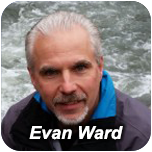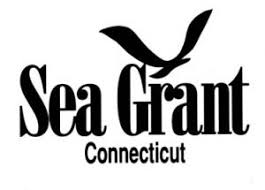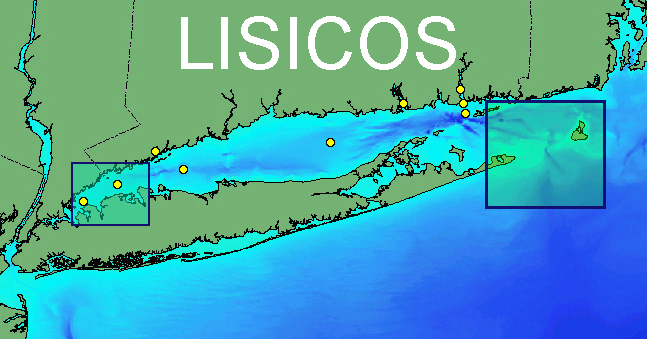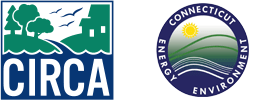CT Initiative on Environmental Research of Offshore Wind (CIEROW)
*Webpage is undergoing updates
Goals and Plans
UConn’s Avery Point campus and the Department of Marine Sciences are well-positioned to become a regional leader in environmental research and education of offshore wind energy.
The goals of CIEROW are to conduct targeted research in marine environments potentially impacted by the burgeoning offshore wind-energy industry. Utilizing the operational capacity of UConn’s Marine Sciences enterprise (see below), the research program is examining a range of factors at wind-turbine construction sites and at sites not under construction. These studies allow comparisons of newly acquired and established baseline data, and allow for identification and quantification of any changes to the physical, chemical and biological components of the environments. For example, members of CIEROW will be augmenting historical data of larval and juvenile distributions with new environmental and biological observations. Regional simulations of ocean conditions enabled with particle tracking will be used to investigate potential impacts to the physical environment and distribution patterns of larval and juvenile species of commercial interest.
Leveraging faculty expertise of the Marine Sciences (https://marinesciences.uconn.edu) and Maritime Studies (https://maritimestudies.uconn.edu) programs, CIEROW is developing initiative for undergraduate and graduate education. These initiatives are an integral part of CIEROW’s long-term mission to train the next generation of scientists who will ensure sustainable development and operation of offshore wind power. In partnership with Connecticut Sea Grant and Mystic Aquarium we are engaging in public education that will focus on ocean literacy, wind energy, and the environmental research that is being undertaken by CIEROW.
Principal Investigators
 Hannes Baumann (Ph.D., University of Hamburg, Germany)
Hannes Baumann (Ph.D., University of Hamburg, Germany)
Associate Professor of Marine Sciences
 Nathaniel Trumbull (Ph.D., University of Washington)
Nathaniel Trumbull (Ph.D., University of Washington)
Associate Professor of Geography, Sustainability, Community and Urban Studies
 Michael Whitney (Ph.D., University of Delaware)
Michael Whitney (Ph.D., University of Delaware)
Professor of Marine Sciences
Research Initiative 1
Examining planktonic biodiversity with eDNA and imaging techniques.
Research Initiative 2
Assessing overlaps between sand lance habitat and OSW lease areas.
Research Initiative 3
Quantifying vertical structure and connectivity within a regional context.
Operational Capacity of CIEROW
1. R/V Connecticut, a 90′ research vessel that is outfitted for year-round coastal service
2. R/V Lowell Weicker, a 36′ coastal research vessel that is outfitted for day-long operations
3. Underwater Robotics Laboratory with remotely operated vehicles and gliders;
4. SCUBA-diver supported underwater capabilities;
5. Coastal observing system with buoys and sensors;
6. Full complement of field-sampling equipment (e.g., Acoustic-Doppler-Current profiler, Conductivity-Temperature-Depth profiler, net trawls), analytical instruments, and expertise to collect and analyze environmental samples.



 Heidi Dierssen (Ph.D., University of California)
Heidi Dierssen (Ph.D., University of California)



